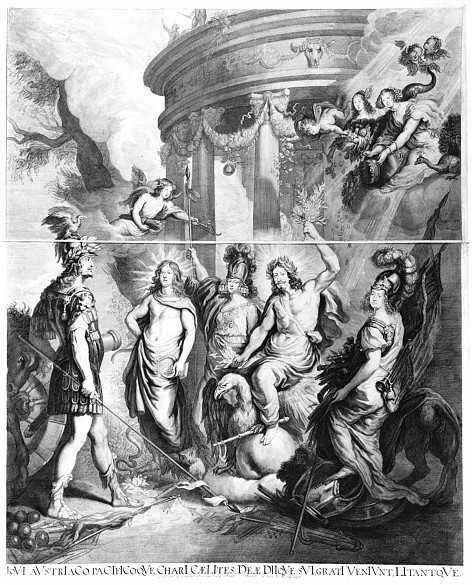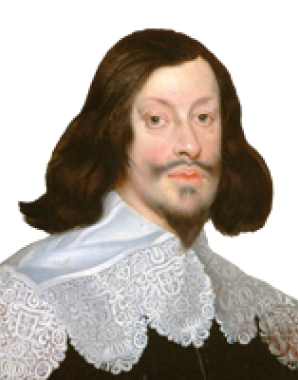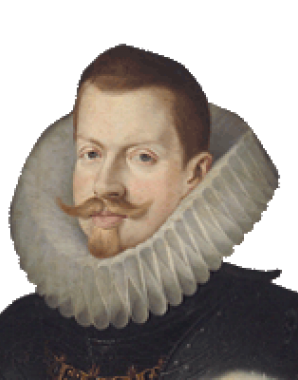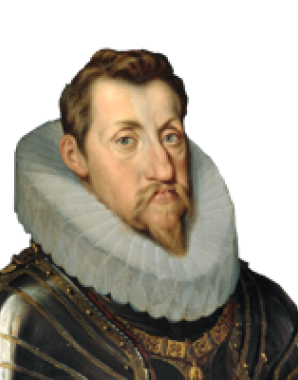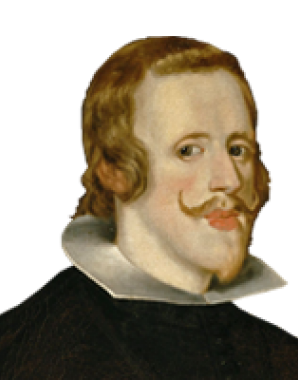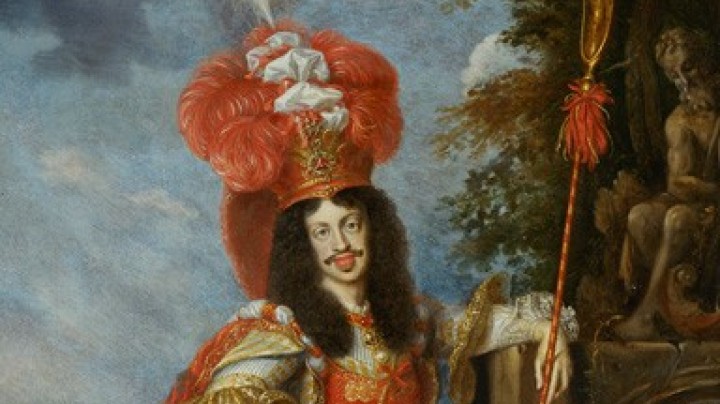Ferdinand IV: Vain hopes
Ferdinand carried the hopes of the dynasty during the final phase of the Thirty Years’ War. As successor to his father Emperor Ferdinand III he was intended to lead the Habsburg Monarchy into a phase of consolidation following the Peace of Westphalia.
Ferdinand IV was the youngest of a whole string of Habsburgs to bear this name in the seventeenth century. Born on 8 September 1633, he was the first-born son of Archduke Ferdinand, later Emperor Ferdinand III, and his first wife, Maria of Spain, a daughter of King Philip III of Spain. The birth of a healthy boy was a cause for great rejoicing in the family, particularly for his grandfather, the reigning emperor Ferdinand II, who regarded this event as having secured the Habsburg succession.
From a very early age the young prince was groomed for his future role as ruler. During his father’s lifetime he was presented in the Habsburg dominions as his successor. In keeping with the notion of dynastic continuity the young archduke was crowned king of Bohemia at the age of eleven in 1646, and a year later king of Hungary. In 1653 when Ferdinand was twenty, his father succeeded in having him elected Roman King as Ferdinand IV, making him the designated successor to his father as emperor of the Holy Roman Empire.
Promising marriage plans were also drawn up for him. The crown prince was betrothed to the eldest daughter of the Spanish king Philip IV, Maria Teresa, yet another case of marriage between two closely related members of the two Habsburg lines. Philip was the brother of Ferdinand’s mother and Maria Teresa was thus his first cousin.
However, it was not to be: to the great dismay of his family Ferdinand died of smallpox at the age of only twenty-one. The short-lived bearer of the dynasty’s hopes was interred in the imperial crypt in Vienna.
